#bollywood history
Text
youtube
#mughal e azam#Bollywood#90s Bollywood#desi tag#desiblr#desi tumblr#Bollywood history#film history#this is so gender tbh#history#Youtube
0 notes
Text
Interesting Topics to Research On for Bored AF People (desi version)
The Bengal Sultanate
Dominance of taka in Silk Route Trade
Tibetan Buddhism
Chamba Rumal
Pashupati Seal
Zeb-un-nissa Begum
Rasa theory of Natyashastra
Gargi-Yajnavalkya Dialogue
Saraswati (River and Goddess)
Rudraveena
Atman-Brahman Relation and Mahavakyas
70's Bollywood fashion
Paintings of Raja Ravi Varma
Dhrupad
History of Chai/Cha
Mother Goddess Mohenjo Daro
Chanakya
Prakrit Language
Baro-Bhuiyan
Chicankari
Brajabuli
Tantra
Shipton–Tilman Nanda Devi expeditions
Banaras
Annamalaiyar Temple
Chola Dynasty
Pala Empire
Terracotta Temples of Bengal
#desiblr#desi#desi tag#desi tumblr#desiposting#desi humor#being desi#desi academia#nerd stuff#school#desi history#pop culture#bollywood songs#hindustani classical music#the nerd speaks#trust me this works#best way to start the day
690 notes
·
View notes
Text
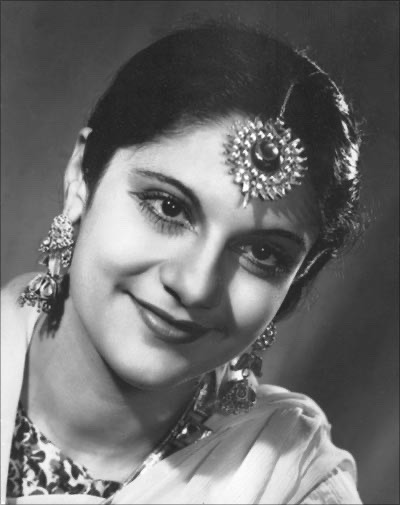
Esther Abraham, also known as Pramila, was an Indian Model and Actress. She was born in 1916 in Calcutta to a Jewish family from Baghdad and Karachi (now modern day Pakistan).
126 notes
·
View notes
Text

@hetalia-rarepairweek day 2: culture
sare/gama caravan: every 70-90s Bollywood fan’s dream (grandparents love it!)
#aph india#hws india#aph russia#hws russia#indrus#rusind#rare pair week 2023#hetalia world stars#hetalia#my art#I’ve read that old Bollywood movies were really popular in Russia at the time so that’s what I kept in mind with this#apparently Amitabh Bachchan was very popular there?#source : my school textbooks on india and it’s history w other countries
84 notes
·
View notes
Photo


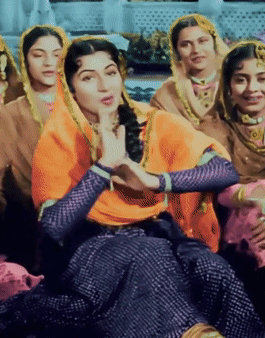



Mughal-e-Azam (1960) | Anarkali’s costumes
#mughal e azam#costumeedit#perioddramaedit#mughal-e-azam#madhubala#anarkali#perioddramagif#perioddramanet#bollywood#bollywoodedit#desiblr#desi tag#bollywoodgif#india#desi#costumes#mughal e azam 1960#mughal#history#hulderposts#faves
465 notes
·
View notes
Text
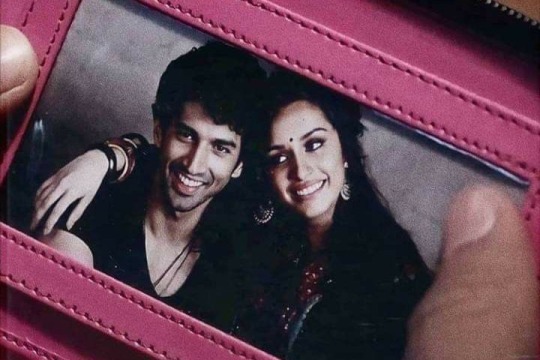
hai hairat ke tuu bhi humein chhod rha hai aur hairat ke tuu ne humein chuuma bhi nahi
— aas
#urdu poems#urdu sher#urdu stuff#urdu literature#urdu shayari#urdu lines#urdu poetry#two line shayari#two lovers#2linespoetry#2lineshayari#hindi shayari#hindi poetry#hindi#art history#flowers#jane austen#moon#poetry#shakespeare#vintage#virginia woolf#b&w#dark academia#bollywood
24 notes
·
View notes
Text
Not Imran Khan being disgusted by this plot of a rom-com in I Hate Luv Storys (2010)


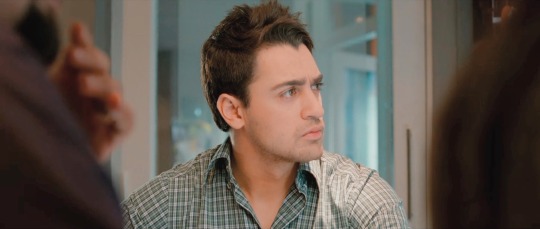
When that was literally him in his debut film. Down to singing a song. Like sir, this you?
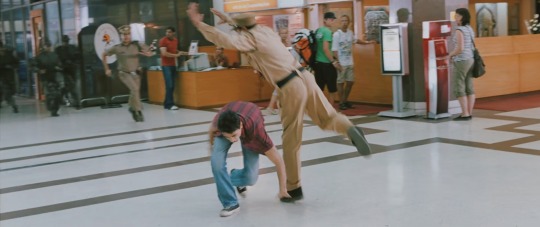


You literally had the same name, even, in both these movies.
TLDR; In I Hate Luv Storys (2010), Imran Khan plays assistant director 'Jai' who comes to hate the plot of his own love story from his debut film where he, ironically, also plays a 'Jai' and people say Imran Khan does not have range?
#and this. my friends. is proof of not only how Bollywood makes superior romcoms by breaking the 4th wall with such references#but also how Jaane Tu Ya Jaane Na (2008) is one of the best romcoms to ever have been made in the history of this genre#imran khan#bollywood#romcoms#romantic comedy#romantic comedies#films#film#movie#movies#bollywood music#bollywood movies#bollywood2#bollywood edit#south asia#south asian#brown culture#india#indian#hindi#desi things#desiblr#jaane tu ya jaane na#i hate luv storys#sonam kapoor#genelia d'souza
66 notes
·
View notes
Text
roop ya gun?
gun.
aur roop?
wo to dekhne wali ki aankhon me hota hai.
arthaat?
kisi ko patthar me shivling dikhta hai aur kisi ko shivling me bhi patthar.
jeevan ka varnan teen shabdon me?
amrit, prem, aur tyaag.
prem kya hai?
ishwar ki aankh me ubhra hua khushi ka aansu.
aansu kya hai?
sukh aur dukh ki hadd.
sukh kya hai?
bhram.
ranbhoomi me sabse bada shastra kya hai?
himmat.
jeevan me sabse kathin ghadi?
pariksha ke baad parinaam ki.
aur sabse badi bhet?
aashirvaad.
one of my favourite scenes from the movie <3
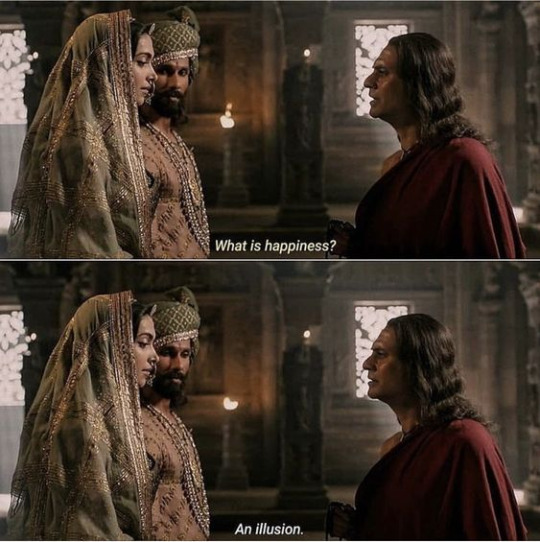
padmaavat, 2018
#desiblr#desi aesthetic#desi shit posting#desi stuff#desi tumblr#love#bollywood songs#bollywood movies#sanjay leela bhansali#padmaavat#ranveer deepika#deepika padukone#shahid kapoor#rajasthan#indian beauty#indian history#royal#royal romance#character dialogue#in love#obsessed#so good#my favorite
22 notes
·
View notes
Text


This is a colourization I did of the late Indian cinema actress Sridevi Kapoor. Today (August 13 2023) would have been her 60th birthday. Sridevi was born in Meenampatti, Madras State (present day Tamil Nadu) on August 13 1963. She became a child actress at 4 years old starring in Tamil films. As she grew up she began a long career in Indian cinema including Tamil, Hindi, Telugu, Malayalam and Kannada films. She was considered a Bollywood Superstar. In 1996 she married Boney Kapoor and they had 2 daughters Janhvi and Khushi Kapoor. Both of her daughters are now Bollywood actresses. On February 24 2018 while attending a wedding in Dubai Sridevi fell and drowned in her hotel bathroom. Her funeral was one of the largest funerals with up to 7000 fans showing up to pay respects.
Sridevi was one of my favourite Bollywood actresses. Google made a "doodle" for her today on their front page.
#sridevi#sridevi kapoor#kapoor#bollywood#kollywood#tollywood#mollywood#india#indian#history#indian history#recent history#colorized#colorization
65 notes
·
View notes
Photo
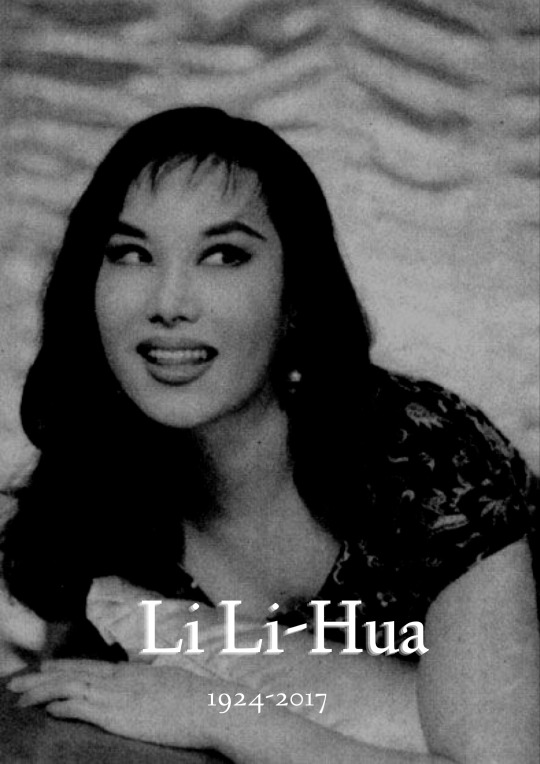
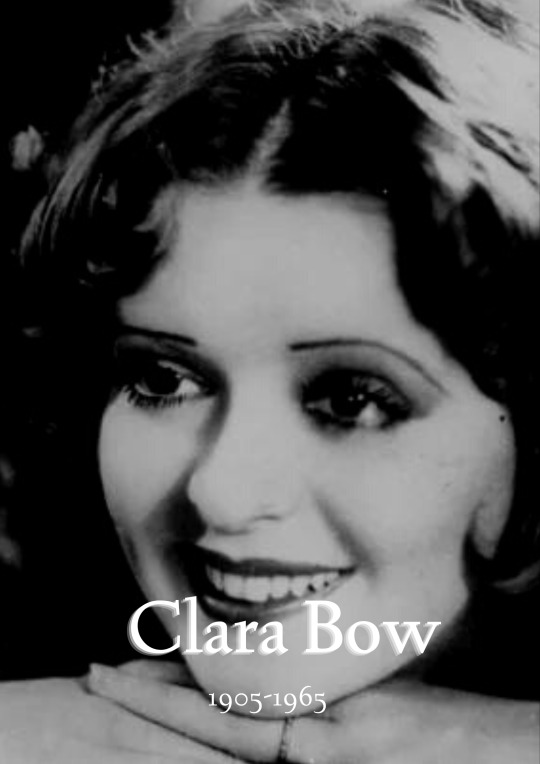

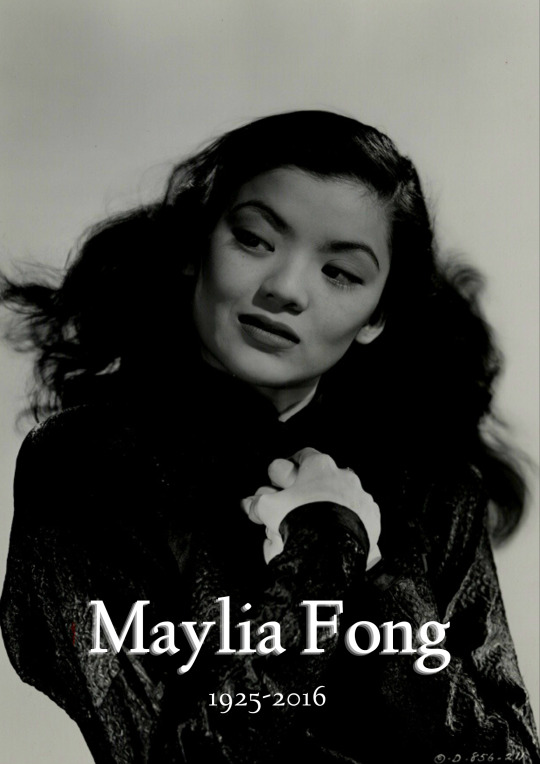

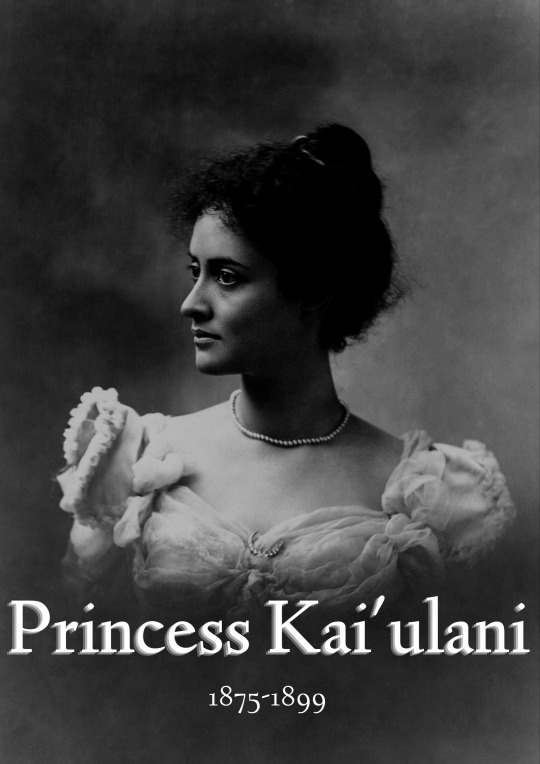
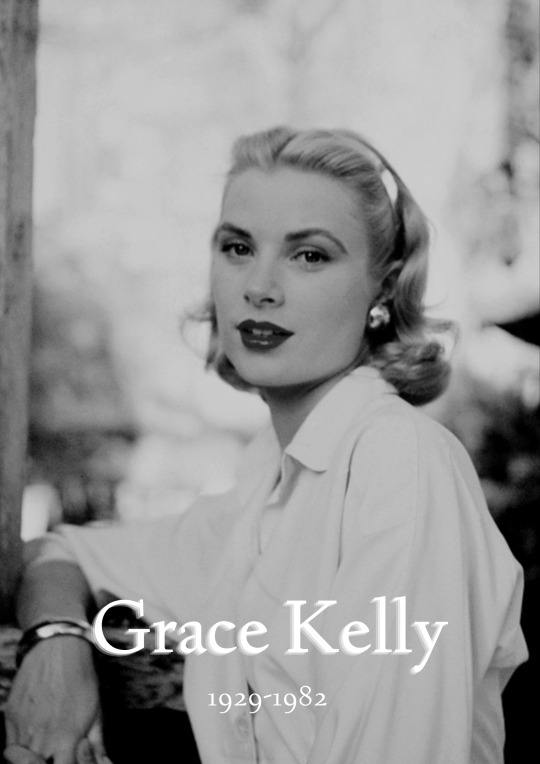


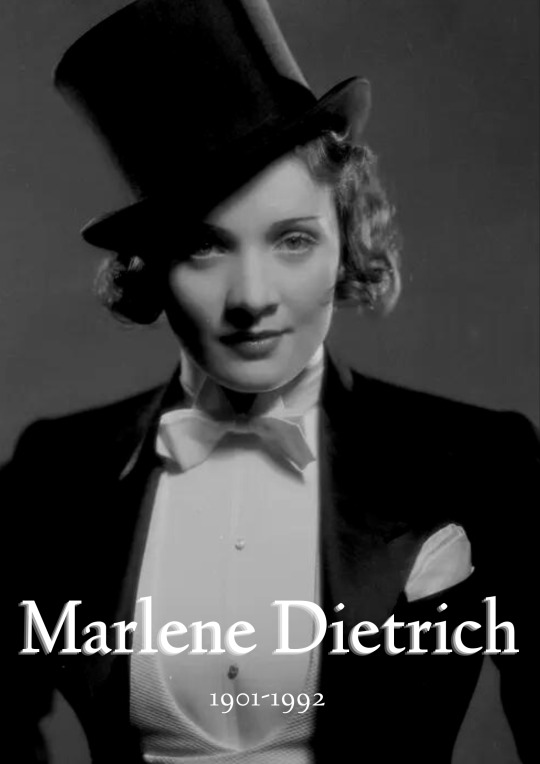
beautiful women of the past (imo) ii
#i'll do a part 3 because i have a few more women of history that im in love with#history#women in history#they're mostly actresses but two were also princesses#photography#vintage#ph#li li-hua#clara bow#dorothy dandridge#maylia fong#mehtab#princess ka'iulani#grace kelly#iris hall#lupe valez#marlene dietrich#old hollywood#old bollywood#chinawood
636 notes
·
View notes
Text



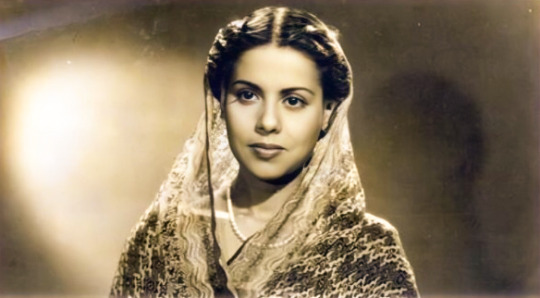
Ramola Devi (Rachel Cohen) (1917-1988), 1940s
#Ramola Devi#Ramola#Bollywood#Old Bollywood#Vintage Bollywood#Jewish#Jews#Baghdadi Jews#Indian Jews#Mizrahi Jews#Jewish History#Jewish Actors#Jewish Actresses#Khazanchi
67 notes
·
View notes
Text
The Natyashastra, an essential text on performing arts in ancient India, lists 8 sthayibhavas or stable emotions.
I found reading about them very interesting and wish to take you through them with a few moodboards, of these moods essential for every Indian art form.
1. Rati (रति): Love, Romance, Attractiveness.

2. Hasya (हास्य): Mirth, Laughter, Jocosity

3. Soka (शोक): Sorrow, Misery, Despair
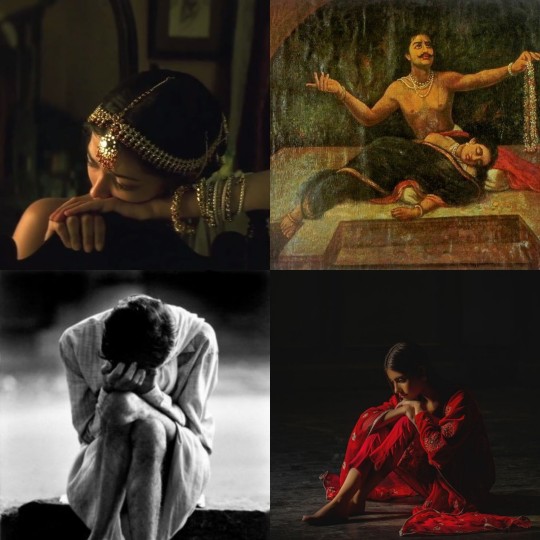
4. Krodha (क्रोध): Anger, Fury, Vex
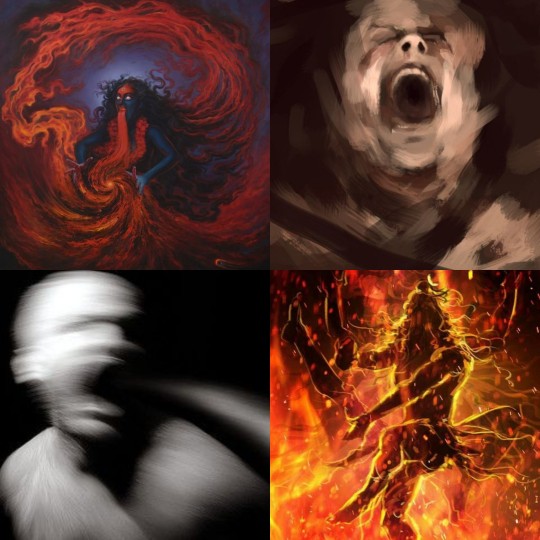
5. Utsaha (उत्साह): Excitement, Eagerness, Anticipation
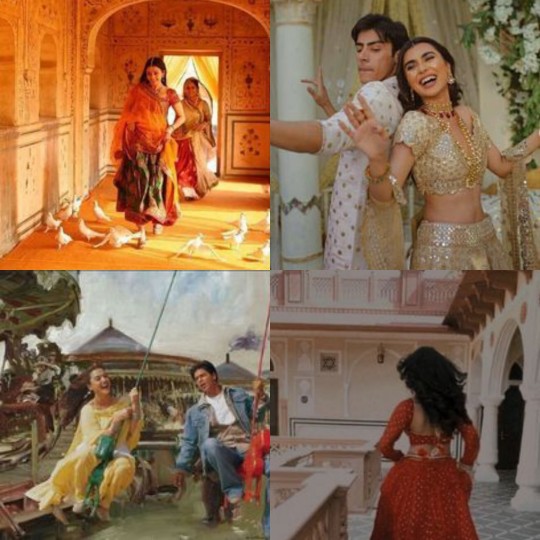
6. Vismaya (विस्मय): Astonishment, Perplexity, Surprise

7. Bhaya (भय): Fear, Terror, Fright
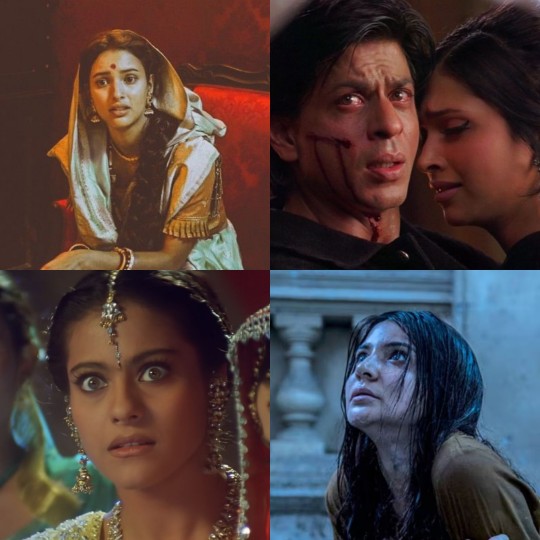
8. Jugupsa (जुगुप्सा): Disgust, Abhorrence, Detestation

#desi#desi tumblr#desi academia#desi girl#desi aesthetic#desiblr#nerd stuff#desi culture#natyashastra#art#art history#desi tag#desiposting#desi humor#being desi#school#desi history#pop culture#bollywood songs#hindustani classical music#the nerd speaks#trust me this works#best way to start the day#bharatanatyam#bollywood#kajol#srk#aishwarya rai#madhubala#nerd talks
41 notes
·
View notes
Text
Gulf migration is not just a major phenomenon in Kerala; north Indian states also see massive migration to the Gulf. Uttar Pradesh and Bihar accounted for the biggest share (30% and 15%) of all Indian workers migrating to GCC1 countries in 2016-17 (Khan 2023)—a trend which continues today. Remittances from the Gulf have brought about significant growth in Bihar’s economy (Khan 2023)—as part of a migrant’s family, I have observed a tangible shift in the quality of life, education, houses, and so on, in Siwan. In Bihar, three districts—Siwan, Gopalganj, and Chapra—send the majority of Gulf migrants from the state, mostly for manual labor (Khan 2023). Bihar also sees internal migration of daily wagers to Delhi, Bombay, and other parts of India. Gulf migration from India’s northern regions, like elsewhere in India, began after the oil boom in the 1970s. Before this time, migration was limited to a few places such as Assam, Calcutta, Bokaro, and Barauni—my own grandfather worked in the Bokaro steel factory.
Despite the role of Gulf migration and internal migration in north Indian regions, we see a representational void in popular culture. Bollywood films on migration largely use rural settings, focussing on people who work in the USA, Europe, or Canada. The narratives centre these migrants’ love for the land and use dialogue such as ‘mitti ki khusbu‘ (fragrance of homeland). Few Bollywood films, like Dor and Silvat, portray internal migration and Gulf migration. While Bollywood films frequently centre diasporic experiences such as Gujaratis in the USA and Punjabis in Canada, they fail in portraying Bihari migrants, be they indentured labourers in the diaspora, daily wagers in Bengal, or Gulf migrants. The regional Bhojpuri film industry fares no better in this regard. ‘A good chunk of the budget is spent on songs since Bhojpuri songs have an even larger viewership that goes beyond the Bhojpuri-speaking public’, notes Ahmed (2022), marking a context where there is little purchase for Gulf migration to be used as a reference to narrate human stories of longing, sacrifice, and family.
One reason for this biased representation of migration is that we see ‘migration’ as a monolith. In academic discourse, too, migration is often depicted as a commonplace phenomenon, but I believe it is crucial to make nuanced distinctions in the usage of the terms ‘migration’ and ‘migrant’. The term ‘migration’ is a broad umbrella term that may oversimplify the diverse experiences within this category. My specific concern is about Gulf migrants, as their migration often occurs under challenging circumstances. For individuals from my region, heading to the Gulf is typically a last resort. This kind of migration leads to many difficulties, especially when it distances migrants from their family for much of their lifetime. The term ‘migration’, therefore, inadequately captures the profound differences between, for instance, migrating to the USA for educational purposes and migrating to the Gulf for labour jobs. Bihar has a rich history of migration, dating back to the era of indentured labor known as girmitiya. Following the abolition of slavery in 1883, colonial powers engaged in the recruitment of laborers for their other colonies through agreements (Jha 2019). Girmitiya distinguishes itself from the migration. People who are going to the Arabian Gulf as blue-collar labourers are also called ‘Gulf migrants’—a term that erases how their conditions are very close to slavery. This is why, as a son who rarely saw his father, I prefer to call myself a ‘victim of migration’ rather than just a ‘part of migration’. It is this sense of victimhood and lack of control over one’s life that I saw missing in Bollywood and Bhojpuri cinema.
— Watching 'Malabari Films' in Bihar: Gulf Migration and Transregional Connections
#bhojpuri indentured history#malayalam cinema#bihari labour migration#gulf migrant labour#malayali labour migration#bollywood cinema#bhojpuri cinema
14 notes
·
View notes
Photo

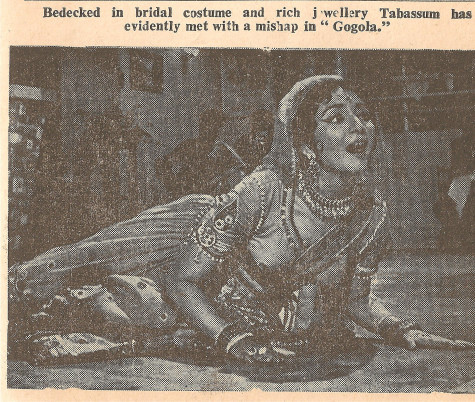
A lost movie, “Gogola” (1966) is the only Bollywood entry into the giant monster attacks a city genre.

392 notes
·
View notes
Text
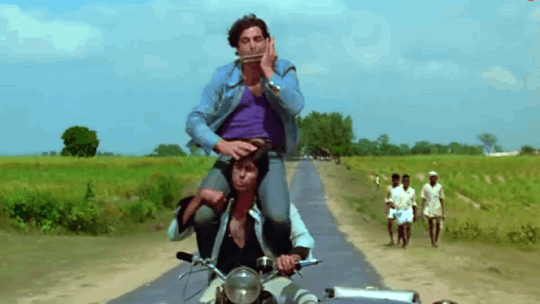
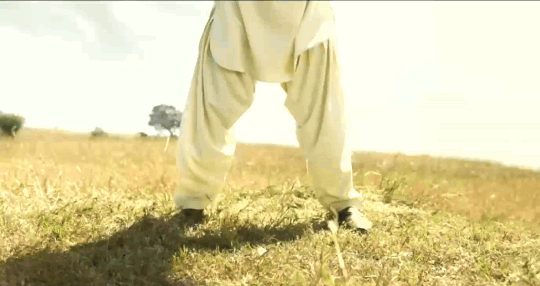
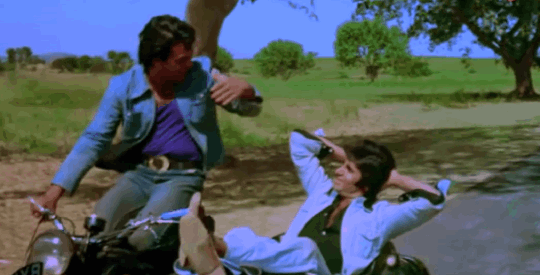

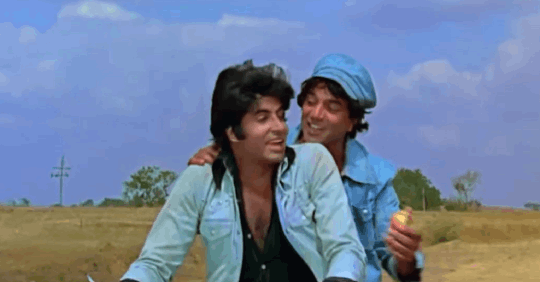
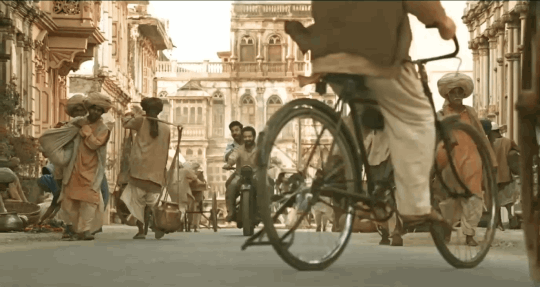


Jai and Veeru in Sholay (1975) / Ram and Bheem in RRR (2022)
#tollywood#bollywood#RRR#sholay#rambheem#me every day: did you know that v vijayendra prasad sir said that he watches sholay before writing any screenplay#[writes an essay on history of gay coding in indian cinema]#[adds a section for mythology and how hanuman told ram where to rescue seetha#but RRR has seetha tell bheem where to rescue ram thereby putting ram and bheem in the romantic pairing's roles#but they redirect the audience attention by having bheem carry ram like hanuman does]#anyway.#adventures in gifmaking
224 notes
·
View notes
Text

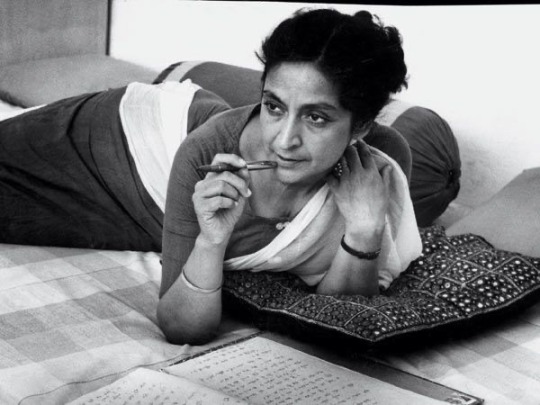
dear women,
take space. don’t shrink yourself to make them comfortable. sprawl your limbs and legs and ask them to move if they’re in your way.
be loud. cackle and laugh until your belly hurts. say what’s on your mind without biting your tongue and don’t let them tell you that your voice irks their peace. destroy it.
be fearless. go to places by yourself and observe trees and leaves and walls for hours without context. sit amidst people and still act like no one is watching you. loosen your shoulders and stop stiffening your back.
don’t restrict yourself. eat what fills not just your stomach but your heart too. fill your mouth with as many biscuits as it allows and wipe the crumbs on your thighs unabashedly.
celebrate your femininity. have long hair and put flowers in them. cut them short or go bald. but know that you’re beautiful and still possess the joy of womanhood.
you are after all a storm that holds wrath but you are also the warm rays of sun on a winter afternoon. don’t let them tell you otherwise.
#desi tumblr#desiblr#desi tag#desi aesthetic#poetry#poets corner#desi poetry#shayari#indian dark academia#old bollywood#desi women#womenempowerment#women icons#being desi#desi writers#indian women#women of history#dark feminine energy#female writers
39 notes
·
View notes